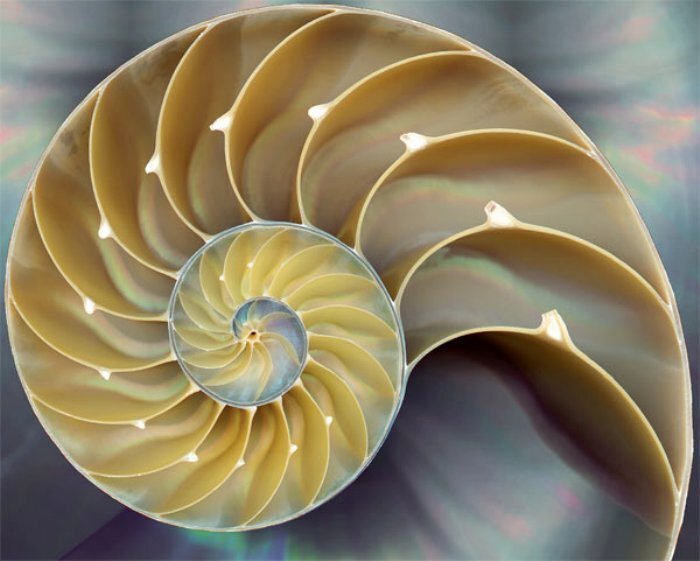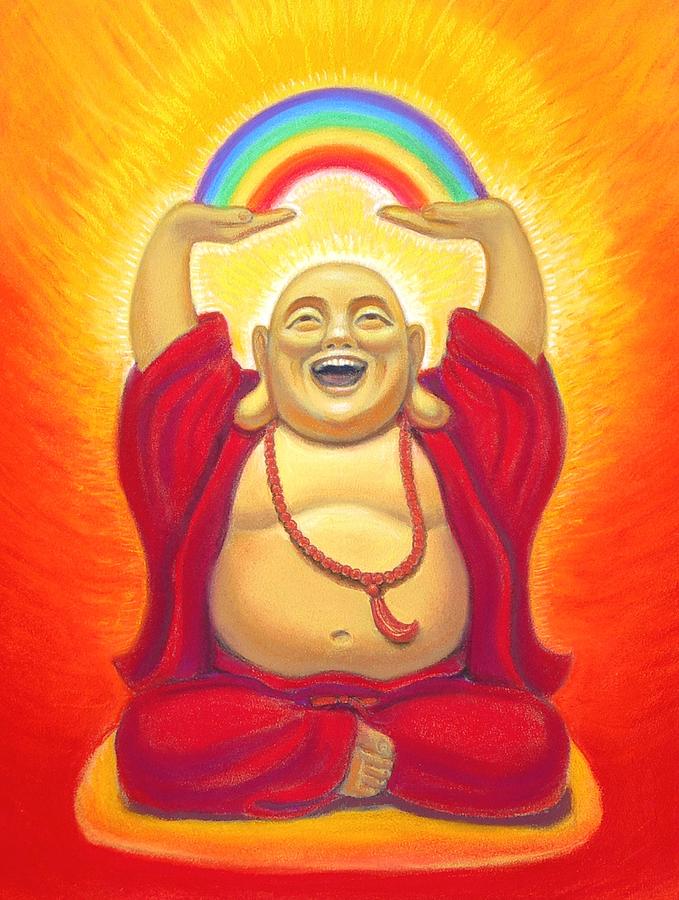Hara breathing: Recharge your battery
A road out of suffering
A patient told that she felt bad about her body. How about big bellies are not only sexy, but they are healthy? Imagine that. That is, if you know how to use your belly a big belly can be a true Buddha belly. I personally am working on getting a bigger Buddha belly.
Other clients tell me that when they feel stressed, they feel nausea, or their skin allergies come out. Whatever your body’s troubling reaction to stress may be, there is a way out. Breathe deeply, of course, but breathe in a special way.
How I found the road out
Yesterday and the last few weeks also, I have been doing none of my usual homeopathy study routines. Until yesterday, sitting and studying was getting too painful. My body just became too stiff. Suddenly a revolution occurred.
This was my map for finding the way out of suffering. Instead or studying, I have been using Youtube and the web to try to improve my Aikido. It turns out that high proficiency in Aikido is low importance compared to vitality in everyday life. Aikido just demonstrates the value of a techniques for releasing stress that is typically unrelated to Aikido.
Yesterday I changed my breathing, so I was so obviously better than my usual Aikido self. Unfortunately, I could not improve cognitive aspects of my Aikido practice, but my energy was much better. For example, sword cuts, response time to the Qi of others.... Not only that but I woke up this morning realizing that my whole body did not ache and more important, my injured knee did not throb. What happened?
Why the physical martial arts are insufficient
My concern here is only tangential to any martial art. My patient who at least at one time did not like her body bought a video to practice Taichi. Taichi will help her posture, strengthen her knees and hips, but there is an inner part to the martial arts. The inner part is much more juicy than the muscle and bone part. Also, the inner part can be taught from the beginning. A beginner can end her learning with just the breathing and standing part of a martial art, but will still have received the greatest benefit from the practice. If she does not do the inner part, that starts with breathing, she will miss most of the benefit. Furthermore, I predict that she will get very bored if she does not learn the internal techniques.
I have been practicing Taichi since I was 24 years old. I was born in 1950. Inner technique including breathing are practiced twice a week at my dojyo. Until now, I was only sure that I was not getting something. What was I missing? The reasoning behind the breathing technique that I was learning was not being conveyed. The problem is not my Japanese. The problem is the depth and reality of what is required was not being communicated. My Aikido teacher is an excellent on every level and is extremely verbal. Nevertheless, the following Youtube lecture told me what I had not been able to understand from my teacher.
Start with Youtube lessons
I recommend that you study at least the top two videos in this list. Then work on only one or two forms in whatever you are practicing. Knowing more forms, or memorizing a routine will do little for the quality of your everyday life. Those many forms are meant for Taichi as a martial art.
Besides a martial art, or even instead of preparing to fight, I would also add chi gong videos to get the chi cycle within you body moving. For chigong, I like the teacher in the videos shown on this site: http://taichi18.com He has many youtube videos. Nei gong also will tell you more about the subtle techniques. (See below).
A mind opening video
Below is the mind opening video that made my day yesterday. What I missed was the full feeling at the base of your belly is maintained through every breath.
1. Watch this first. The introduction, the distinction between abdominal breathing and hara breathing and the Shakuhachi player at the end are the important parts. Don't worry about the techy part in the middle. In fact, fast forward if you are not into gadgets.
https://www.youtube.com/watch?v=Pe_3GBSmne8
2. This yoga belly softening is not nearly as important as the above video. The point is the hara is soft and the external part feel taut and elastic. But the inside is soft.
https://www.youtube.com/watch?v=c1wLmmzMS_A
A useful addition to breathing practice
3. This is advanced and if you can't do it, don't worry. Do what you can do easily.
Through my lips and over the top of my tongue, I produces the sound of far away ocean waves. I find that the sound helps me to stay conscious of my hara. The sound production process causes a sensation as if my breath were a finger pressing on my hara. See the end of this video to understand that this feeling of pressure on the hara is not only a physical sensation, and not just a pretty metaphor. https://www.youtube.com/watch?v=Pe_3GBSmne8 I am saying I feel a finger pressing on my hara because from Aikido practice, I can clearly feel my hara. If you don’t have that background, you must accept that that feeling of pressure about 2 inches below your belly button is the location of the hara.
I could not find a video on pressurizing your hara, I can tell you how I to do it. I practiced breathing with a Otomo-sensei from Okinawa for about 3 years. (Weekend marathons 4 times a year). It is called Yushiki Kokkyu Ho (Breathing from bubbling springs - Breathing from the major pressure point located at the sole of the ball of the foot). The take-home gift from learning this complex technique for me was to lightly purse my lips on the exhale. As if my lips were an opening rosebud, you look like you are about to whistle. Lift the tip of the tongue to the hard pallet slightly behind the teeth. The back of the tongue remains flat and flaccid. Leave a slight opening in the cente-tip of the tongue for your exhaling breath. Every motion is very light. The tongue barely touches the hard pallet. When you breathe out, you pressurize the upper surface of your hara with this light friction at your lips. You are narrowing the outlet and also providing friction. The friction causes the sound. When I am among people who would be bothered by this sound, I can make the sound so light that only I can hear it. It is as though I were blowing a wind instrument, a shakuhachi.
Lightly touch the sides of the tongue. The center of the tongue leaves a narrow wind tunnel at the hard pallet.
The instruction on how to practice hara breathing differs individually. I believe that eventually I will feel no need to make a sound to confirm my hara breathing. It will be natural. For now, I am alone a lot and I personally am doing it all day long. As I type now, I am fully engaged in hara breathing. My lips are pursed as I slowly stream out the breath. Then, as I quickly allow inhaled air to enter my body, I even feel the breath enter my arms and legs. The more I loosen my joints, the more air come in. I feel as if my arms and legs, neck and etc were empty. Obviously, as long as I am breathing through the hara, I am not getting the leg or shoulder stiffness that has plagued me in the past.
When to practice
Do your breathing practice as a way of resting from anything, then do it all the time when you get the feeling for it. There are many more stress relief and battery charging techniques that you could do during hara breathing: meditation,Taichi, Chi gong, Aikido, or Neigong. Hara breathing is a very good start. Do it while washing the dishes. I don't feel at all spacy, but if you do, don't do it when you drive. Riding a bike is a nice place to practice breathing because the pedaling movement is so repetative. Do it when you get angry, or you become compulsive about anything. Practice hara breathing and then meditate for as little as a minute. If you caught a behavior or thought pattern before it took over, your practice is heading in the right direction. If you noticed the pattern later, that is also progress.
-------
Basic breathing videos
Hara center finding
https://www.youtube.com/watch?v=-bpNG-aEx_s
Dantien breathing Leah Franklin Lying down with your hand on your lower abdomen
https://www.youtube.com/watch?v=JX-RzuaQI78
^^^^^^^
Following the energy of the Chinese meridian system
This part assumes that you are willing to suspend disbelief and open to the meridians and major points of the Chinese acupuncture system.
Taichi style is good and the touching works, but you have to have moved the qi openings in your hands first. So, don't do this until your hand chakra (Chinese Laogong or Japanese Rokyu) are open. See the next video
https://www.youtube.com/watch?v=Ct_qUWrtwek
To open the hand and foot chakra, I think that qigong is simpler than taichi and is therefore a better entry place for the beginner.
https://www.youtube.com/watch?v=t0Mi2nQTwjM
--------
Slightly more advanced techniques
Part 2 intro Leah Franklin
Drawing earth up from the balls of the feet. Coordinate pulling up with the balls of the feet and the hands.
https://www.youtube.com/watch?v=1kn98F_Gdj0
Part 3 Intro
Drawing energy into the Mingmen Life gate=kidneys
https://www.youtube.com/watch?v=1kn98F_Gdj0&t=7s
How to advance your learning
Listen and read anything by Damo Mitchlle. He has lots of youtube videos and his books can be downloaded to a electronic reader.
Practice repeating simple movements focusing on posture and the feeling of the movement. Good teachers will help you with directing your concentration and they will correct posture. Some understanding of general principles is useful, but the actual practice is the most informative. By doing it, you get the feel for it.




